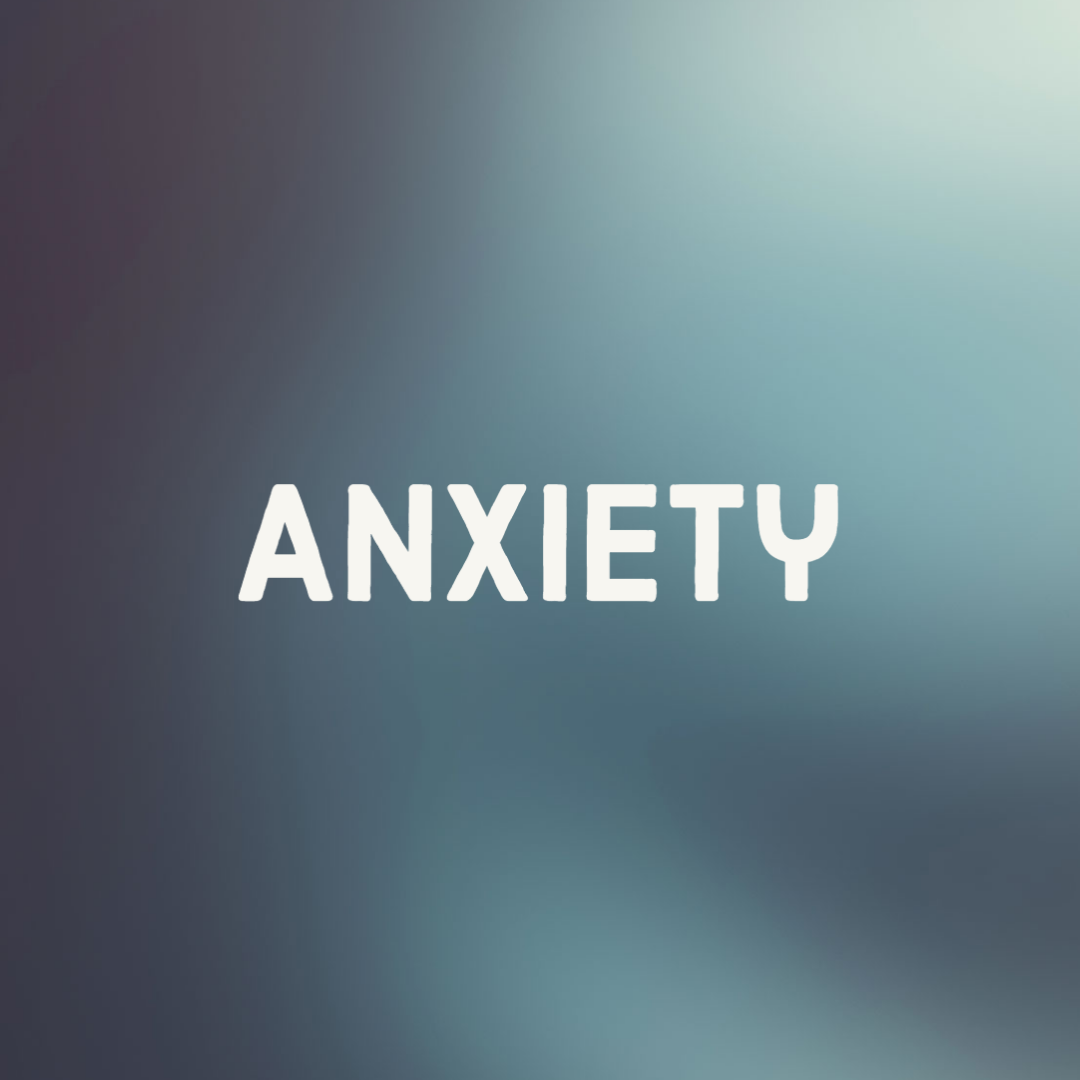Practicing Self-Care
You can better the health of both your mind and body by practicing self-care. Many people find it challenging to start practicing self-care, as they may not think they don’t have the time or resources. However, there are a countless number of ways individuals can take care of themselves. It is important to create a unique self-care plan tailored to your specific wants and needs.
The following list consists of suggestions for practicing self-care:
Use Positive Affirmations
Take time to recognize your successes. By recognizing your achievements, you are also more likely to believe in your ability to reach your goals. By using positive affirmations, many people find that their self-esteem and outlook on life improves.
Get Active
Physical activity is used as a form of self-care by many. Physical activity can improve the health of your body, as well as that of your mind. Many people find that by incorporating regular exercise into their routine, their mood improves and becomes more stable.
HYdrate and Eat Nutritiously
Nutrition is at the core of self-care. By staying hydrated and eating nutrient-rich foods, you are caring for your mind and body.
Get Rested
Sleep is essential to the health of one’s whole body. For better sleeping habits, we suggest making your room extra comfortable, sticking to a regular schedule, and ensuring you get enough hours of sleep nightly.
Take Time For Yourself
Make time in your day to do what you would like to do. Many people often disregard their hobbies or interests because they feel they aren’t important. However, by making time for things you enjoy, you are taking care of yourself.
Find Positive Relationships
Self-care can also include building healthy relationships and connections with others. You can practice self-care in your relationships by surrounding yourself with people who build you up, rather than bring you down.
More RESOURCES
- To learn more about self-care, we recommend contacting your healthcare provider.
- To read more tips for practicing self-care, the following resources are suggested:
Return to home page: https://nwmind-bodywellness.com/
Read more articles: https://nwmind-bodywellness.com/articles/





















